Analysis, between myth and historical reality, of the Russian legend of the submerged city of Kitezh-grad, which mysteriously sank to prevent the conquest by the Tartars. Even today many believe that it is sometimes possible to hear the sound of bells and see the golden domes of the church reflected on the surface of Lake Svetlojar, and some even claim to have stayed in the invisible city.
di Marco Maculotti
Translation of the article by Aleksandra Shilovskaia Kitezh-grad - A legend about Russian Atlantis, Published on meetrussia.online
Don't count us for dead, we are alive:
- Nikolaj Andreevič Rimsky-Korsakov, The legend of the invisible city of Kitež and the maiden Fevronija, Act IV, scene II, 1904
Kitež did not fall, she hid.
A long time ago, an entire city called Kitezh-grad disappeared from the face of Russian soil. A beautiful and rich city suddenly disappeared, like Atlantis, leaving behind only a trail of legends. But what exactly happened and where was this mythical city? Unlike many legends passed from generation to generation through word of mouth, the legend of Kitezh-grad has long been forgotten. The first memories of it began to appear only in early seventeenth century, when one of the Novgorod chroniclers wrote the history of this city.
In the 1168, the Prince George Vsevolodovich Vladimirsky was returning from his march to the city of Novgorod and stopped to rest on the banks of the Svetloyar lake, struck by its beauty and its picturesque views. Without thinking twice, George Vsevolodovich ordered a new city to be built on the shore of this lake: like this Kitezh was founded. Work began. From Novgorod and Vladimir, the prince summoned the best craftsmen and builders, and the city was built without too much effort and quickly. Kitezh-grad became the ideal city in terms of planning at that time: its length was 200 sazhen (sazhen is a unit of measurement that equals the distance between the ends of the fingers of two hands spread in opposite directions, approximately 1,6 , 100 meters), and its width was XNUMX sazhen.
The appearance of the city was also striking for its beauty: i white stone walls of the Kremlin and churches, i temples with golden domes, the monasteries, the princely rooms, those made in stone for the boyars (members of the high Russian feudal aristocracy, ndt), houses built with freshly cut wood. The city flourished and grew, but one day this fairy tale ended.
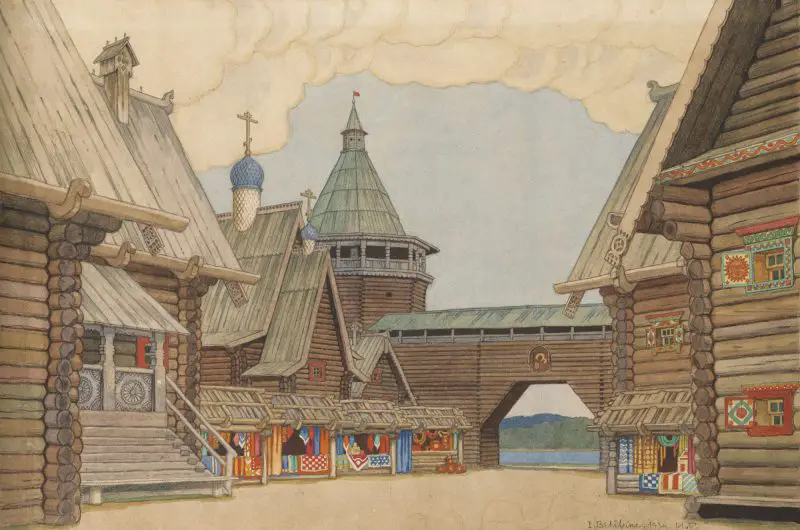
Those times were, idealizations aside, anything but peaceful and idyllic. The discord between the principalities, the predators of the forests, the raids of different tribes threatened every Russian city. In 1237 the Tatar-Mongols under the leadership of Batu Khan invaded Russia, decreeing the beginning of a long and exhausting Mongol-Tatar yoke on Russian soil. Batu Khan and his well-trained army moved quickly from city to city, destroying them one after another. Ryazan, Vladimir, Suzdal quickly fell, and Prince Georgy Vsevolodovich, who had a special love for the city of Kitezh, was killed, leaving his city without his protection and patronage.
Here ends the facts confirmed by historians. From this moment on there is only the rumor of the legend. After hearing about the beautiful and rich city of Kitezh, Batu Khan decided to conquer it. Marching towards its borders, he collided with the bogatyrs (Russian warriors), who after a hard fight fell on the battlefield. The city was besieged. The inhabitants of Kitezh-Grad understood that, as things had turned out, their fate did not bode well: they were left to fight the civilians, completely ignorant of weapons and military tactics. On the other hand, an army whose number of soldiers exceeded that of the inhabitants of the city, far more prepared for the clash, despite having just emerged from the battle against the Bogatiri.
But the inhabitants of Kitezh-Grad decided not to be discouraged and not to give up. They gathered on the city walls with weapons in one hand, religious icons and crosses in the other. Collective prayers were organized which went on all evening and all night. Meanwhile, the Tartars were waiting for the dawn to launch an attack. But suddenly, much to their surprise, tall fountains of water poured out of the ground and the city suddenly began to gradually submerge itself, along with its inhabitants and vigilantes.
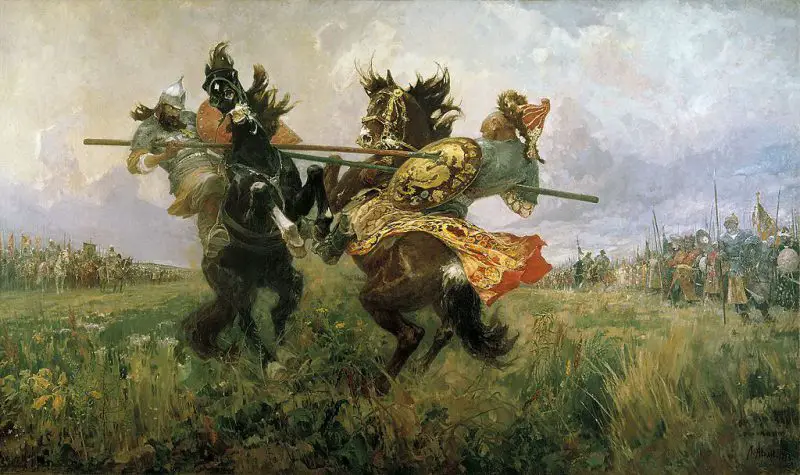
The astonished and frightened Mongols tried to escape, but the wrath of God overwhelmed them all, from the first to the last. Many fled to the forests, where some were torn apart by wild beasts, others were lost and could no longer find their way out, and still others simply disappeared forever, with no one to say what happened to them.
The city of Kitezh-grad disappeared forever from the Russian land. However, according to legend, it is still possible to find it. A person with a heart free from sin and anger can still see the reflection of church domes and white stone walls in the waters of Lake Svetloyar. They say that the water taken from it does not deteriorate for a long time. Pilgrims come to Svetloyar from other regions of Russia to pray, and wishes made by circling the lake three times clockwise are said to come true.
Scientists and researchers, for their part, have repeatedly explored the lake bed, bringing many mysteries to public attention. Divers have discovered that they exist underwater terraces at the bottom of Svetloyar: in some points the coast gradually sinks like a ladder. It was concluded that the lake was formed in a few rapid phases and that the highest part is relatively recent, having only a few centuries. Numerous objects from the XNUMXth century have also been found at the bottom of the lake.
But, despite the interest of academics and recent archaeological discoveries, the legend of the sunken city of Kitezh, both so melancholy and so "mystical" (we could define it as a Russian version of the analogous one of Ys, in Brittany, ndt), still remains one of the lesser known legends of this kind in its homeland.
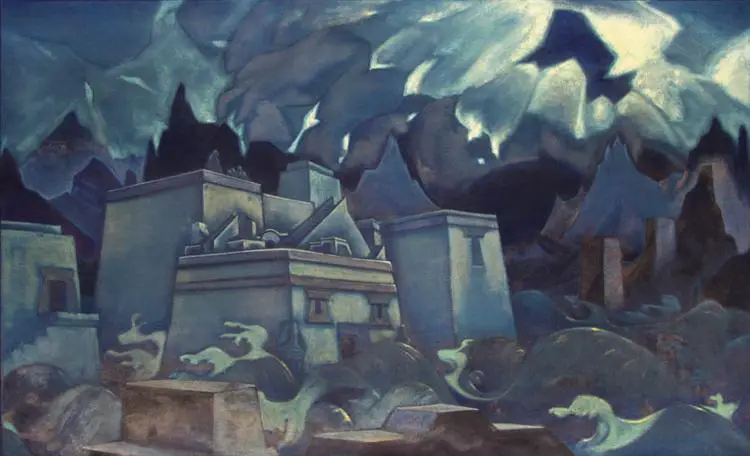
An article published in La Repubblica of 27 July 2003 also speaks of the legend of Kitezh, which we reproduce here in its entirety.
On the shores of Lake Svetlojar where, according to tradition, the miraculous city was located, crowds of devotees gathered in prayer. They hoped, with God's help, that they could see the reflection of Kitezh in the clear waters of the lake or that they could hear the sound of his bells. It was said that some would even stay in the invisible city. There were letters sent from Kitezh by people who would break into this hidden realm.
The journey to the invisible Kitezh, which God himself had hidden, was subject to strict obligations and conditions. The pilgrim had to swear that he was ready to sacrifice his life, starve and face other trials to see this holy city. He also had to embark on the journey into the greatest secret: he didn't have to reveal his purpose to a living soul, not even to his father, brothers or sisters. If he divulged the secret, he not only would never see Kitezh, but he would suffer the severe punishment of God. Even today many believe that sometimes, in good weather, it is possible to hear the sound of the bells and see the golden domes of the church reflected on the surface of the lake.
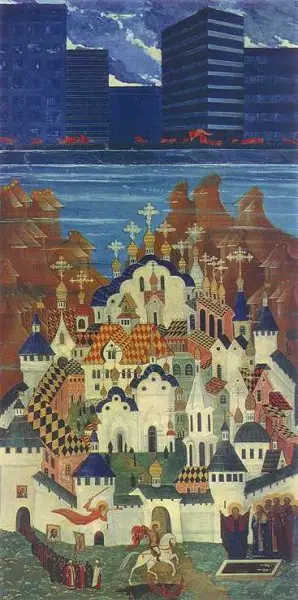
Kitezh's story survives in the work of Russian composer Rimsky-Korsakov (1844-1908) which he composed in 1907 The legend of the invisible city of Kitezh and the virgin Fevronija. The story takes place in the thirteenth century, probably the most terrible in the whole of Russian history, when Russia was invaded by hordes of Tartars. The heroic resistance of the people to the invaders is the background of Rimsky-Korsakov's work. The legend has as its protagonist a girl named Fevronia, emblem of all that is just, natural, wise, loyal.
Born in the woods, the girl is surrounded by nature and is herself part of this ever-present natural environment. Taken prisoner by the Tartars, Fevronia refuses, even under torture, to show the enemy the road leading to the capital city of Kitezh. After 10 days and 10 nights of research finally the Tartars reach the lake on whose shores they believe that the city is located. But the city is gone.
All the Tartars could see were the reflections of the church domes and the muffled sounds of bells that seemed to toll somewhere deep beneath the waves. The city was gone, but that was the only way it made it possible for it to survive the destruction. Fevronia was the only living soul who somehow managed to stay there and let their people know that the city of Kitezh was alive, but hiding from the eyes of enemies.
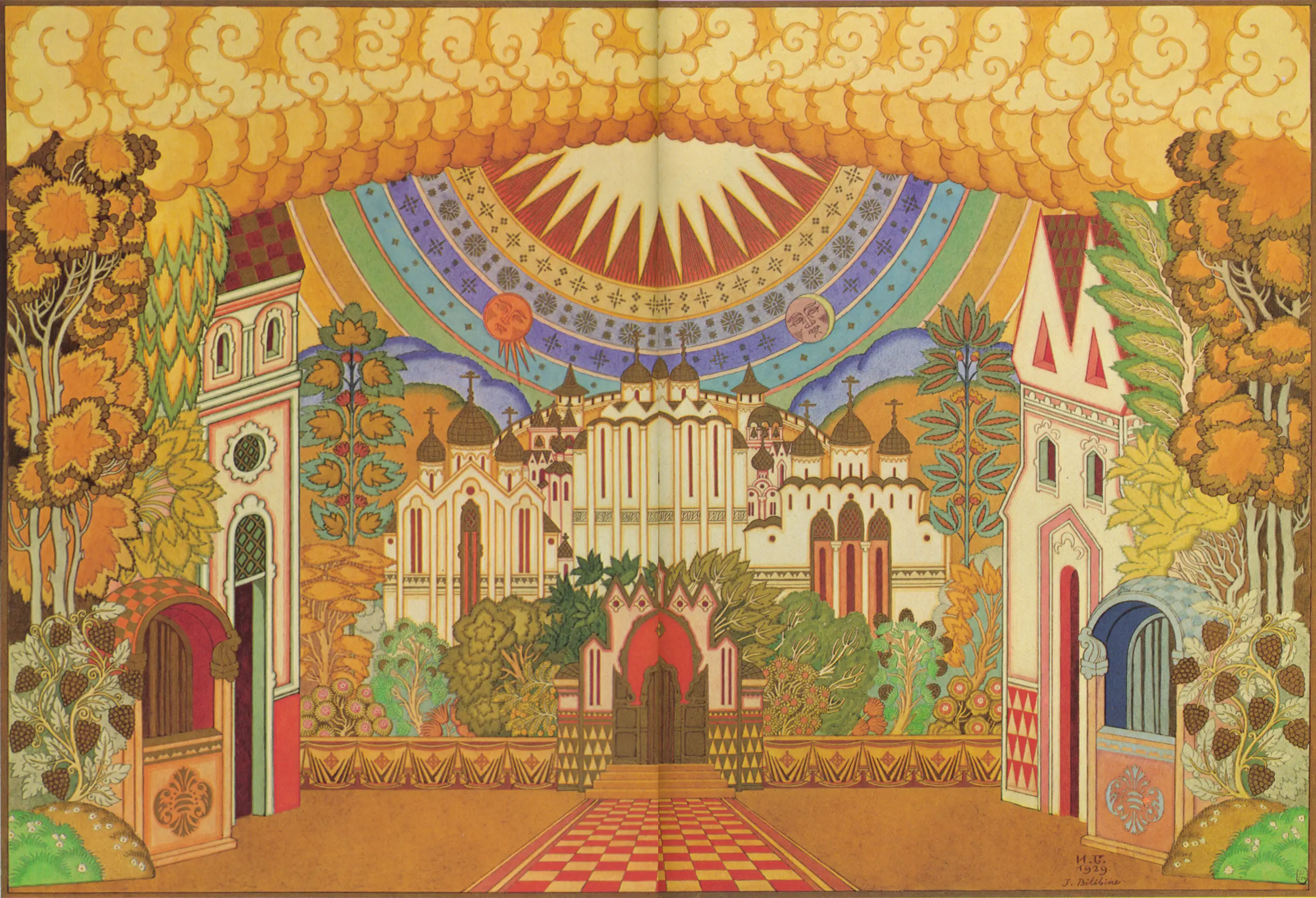
Almost every composer, producer or painter has a composition, book or canvas for which he has been preparing for a lifetime and which fully reflects his aesthetic principles. The legend of the invisible city of Kitezh it was for Rimsky-Korsakov what it was Faust for Goethe, the Sistine Chapel for Raphael, the Ninth Symphony for Beethoven, War and peace for Tolstoy.
The idea of a work dedicated to the legend of the city of Kitez, submerged by the waters of Lake Svetloyar and thus saved from the Tatar dominion, which had long attracted Rimsky-Korsakov, was also realized thanks to the precious collaboration of librettist Vladimir Belsky, a great connoisseur of ancient Russian literature, in which they live together traces of pre-Christian Slavic mythology (the prophetic birds Sirin and Alkonost), elements of the relatively recent acquisition (988 AD) orthodox faith (the miraculous sinking of the city and the spontaneous ringing of church bells), episodes of national history with clear patriotic intonation (the heroic resistance of the population against the Tatar invasion which began in 1223 and of which this is one of the first episodes).
Fevronija, the protagonist, symbol of female courage and firmness, certainly collects the three components: in her pantheistic theme of nature as a universal Church, where everything lives and everything celebrates the existence of God, the Orthodox theme of the acceptance of the divine will even in adversity and the patriotic one of fidelity to one's city and to one's people.
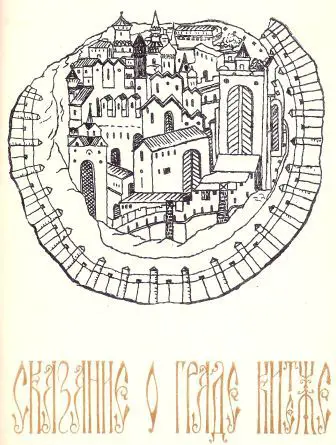

A comment on "The legend of the sunken city of Kitezh, the "Russian Atlantis""